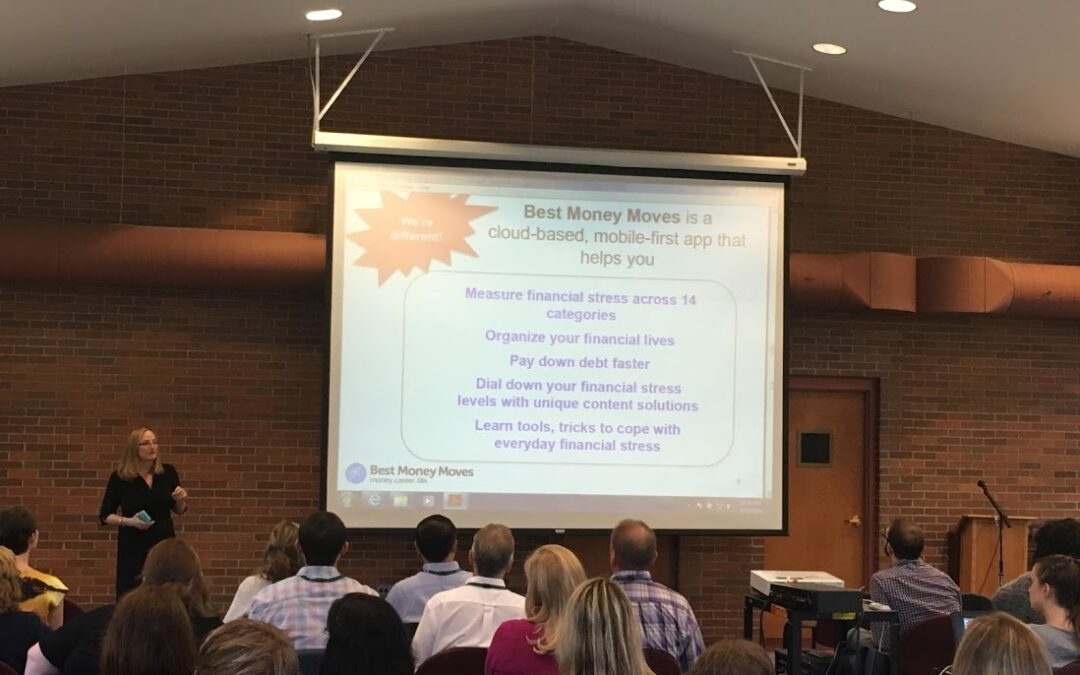
College Costs Are Outpacing Most People’s Income Growth – by a Lot
Watching Millennials struggle under this load of student debt can be confusing for older generations who could put themselves through school by working summer jobs. But it’s not that today’s students are lazy or unwilling to work; they just have to pay more for college. A lot more.
A recent study by ProPublica took a state-by-state look at median income and yearly tuition at public four-year colleges and universities, including the District of Columbia. It found that while the national median income fell about 7 percent between 2000 and 2014, the cost of college tuition rose by 80 percent!
Every single state saw a bump in tuition costs. Median incomes increased in 19 states, but none of these increases came close to offsetting the college costs in those states.
Arizona had the highest tuition increase of any state, at 202 percent, with a 10 percent drop in the state’s median income. In contrast, Wyoming had the smallest tuition hike. The cost of higher education in that state rose just 12 percent from 2000 to 2014 and the state’s median income rose 2 percent.
With numbers like that, it’s no wonder students turn to loans to fund their education and struggle to pay off their hefty tuition bills for years afterward.
Luckily, there are some things parents and students can do now to help pay for education and reduce stress in the future:
- Save early. In an ideal world, you would start saving for your kids’ education as soon as they’re born. This is difficult to do in the real world, especially with the increased expenses that come with a new child. Still, as early as you can start putting money into a 529 account. Those funds will grow tax free in the plan as long as you use the funds for approved college expenses.
- Search out scholarships and grants. While your child’s school of choice may offer them some scholarships to defray their attendance costs, look for outside sources as well. There are innumerable organizations offering scholarships to students fitting their criteria. There are scholarships for kids who attended a certain high school, children of people in certain professions (like the military, law enforcement and others) and children whose parents have certain illnesses or disabilities. A little bit of online digging could uncover a wealth of resources to help pay for school.
- Start your degree at a community college. Most states have a community college program that feeds into top state universities. Investigate the community college system near your home. It’s possible you’ll be able to spend your first two years of college paying a few hundred dollars per semester and then transfer your credits and collect your degree from the big name university. That play would allow you to get your degree for roughly half price.
- If you get offered a scholarship, take it. You’d think that with college costs as high as they are, students would jump at the chance for a scholarship. But the “brand name” college experience has been, well, branded into our brains as being something so much better that it’s worth taking on piles of debt over essentially a free or half-price education at a smaller college or university. Balderdash! It’s a far smarter move to take the scholarship and get out of college with little or no debt than it is to get that Ivy League degree. Ten years after graduation, you’ll be really happy not to have an extra $100,000 of student debt weighing you down.




